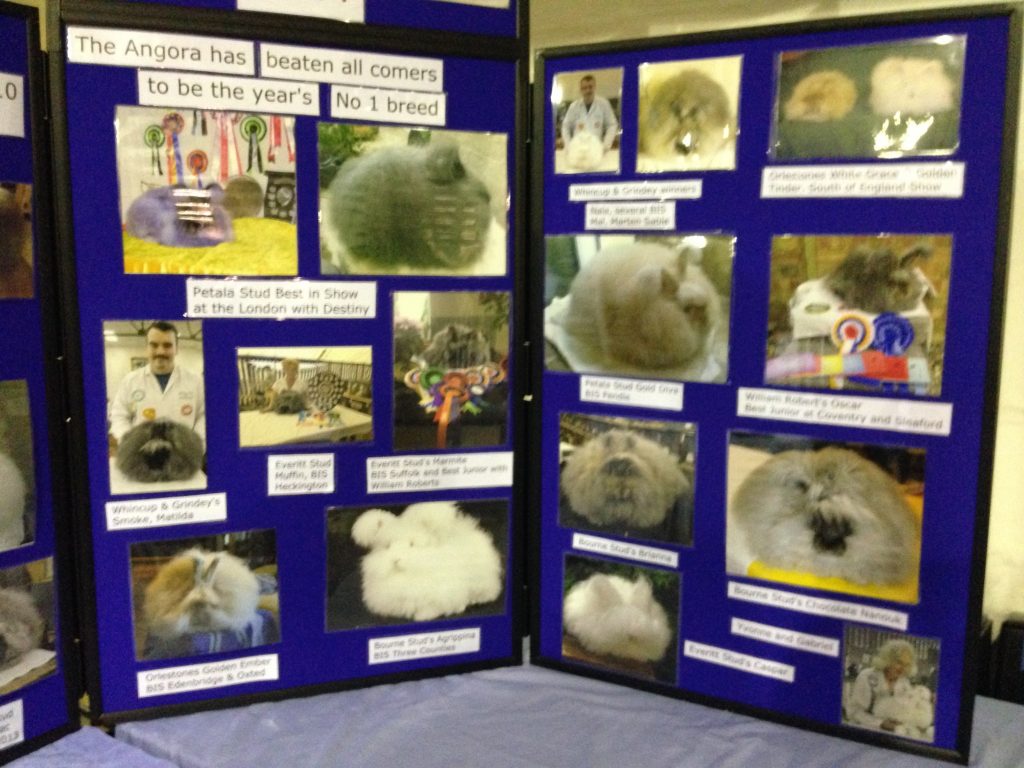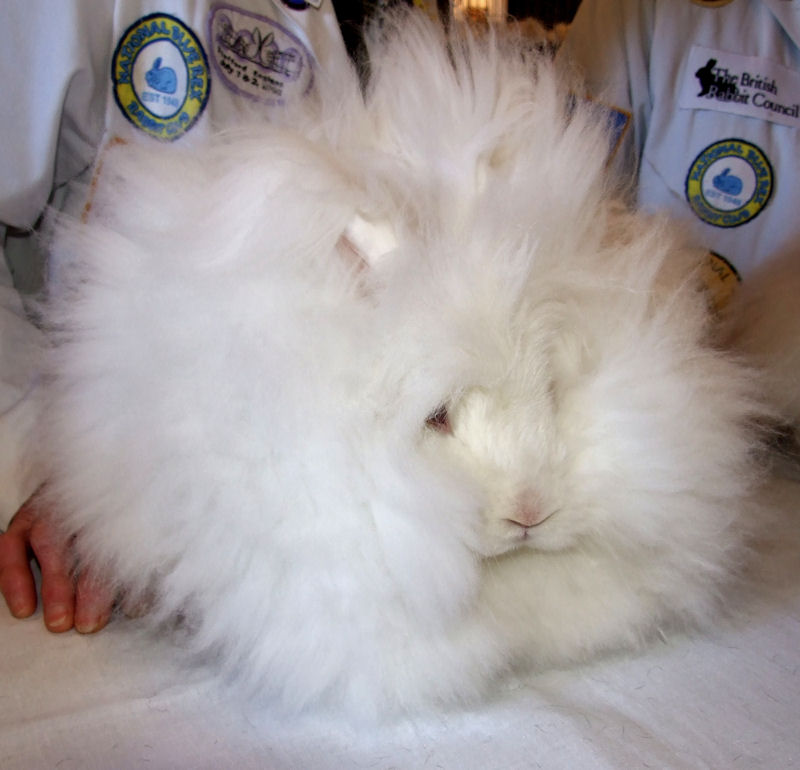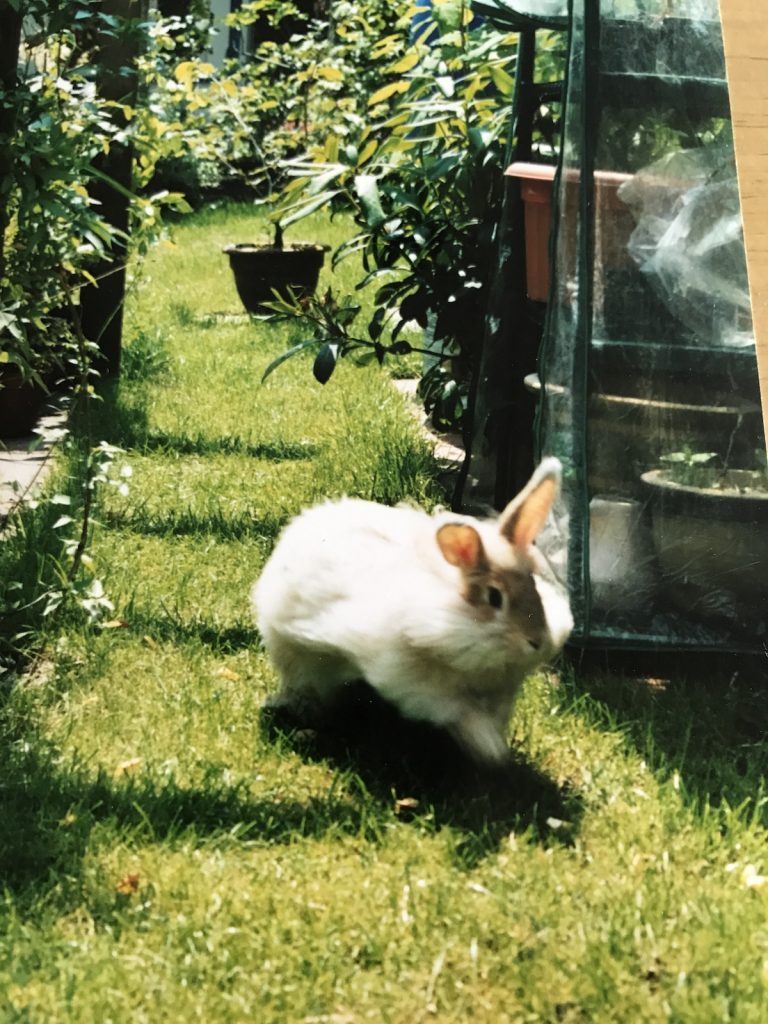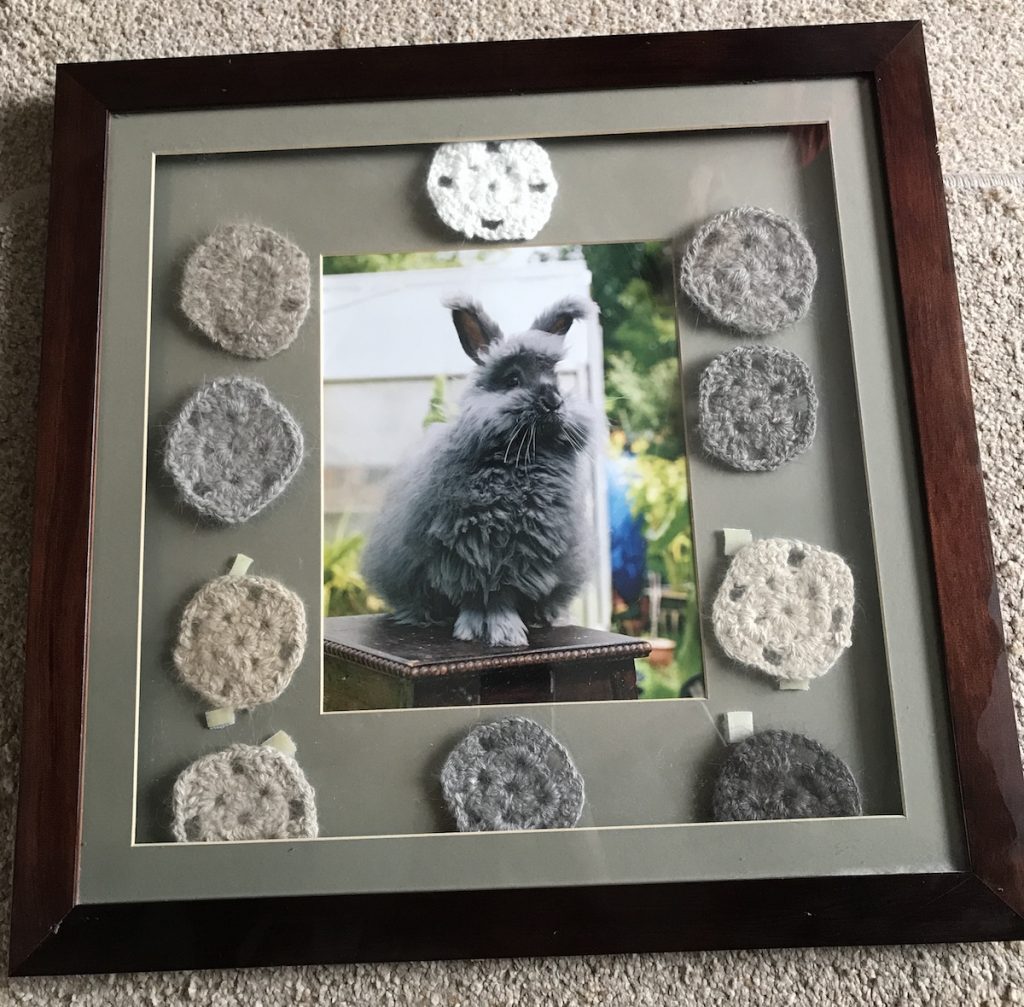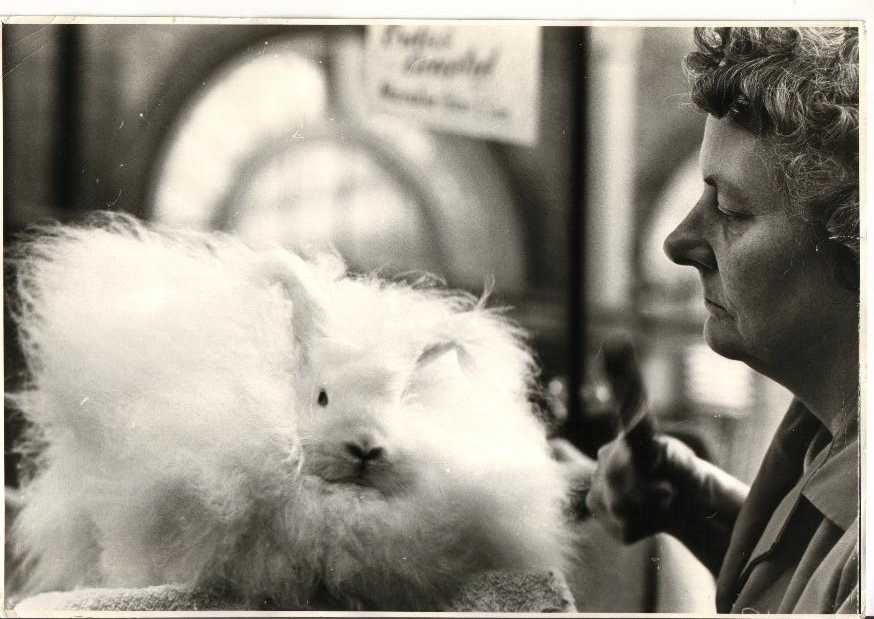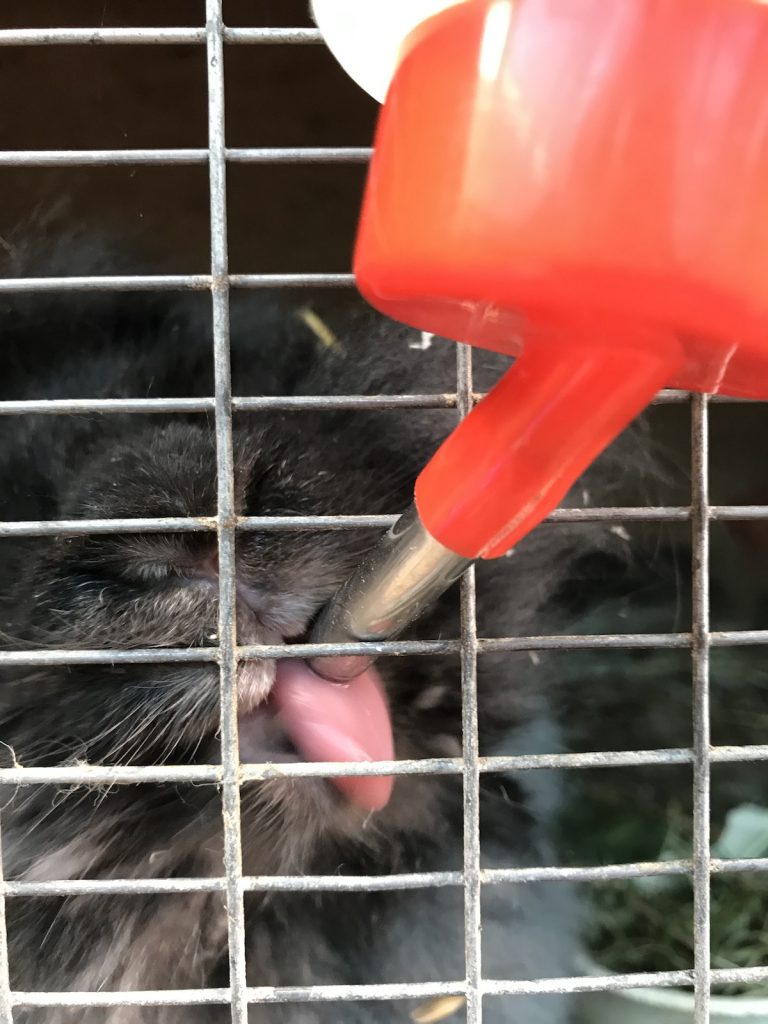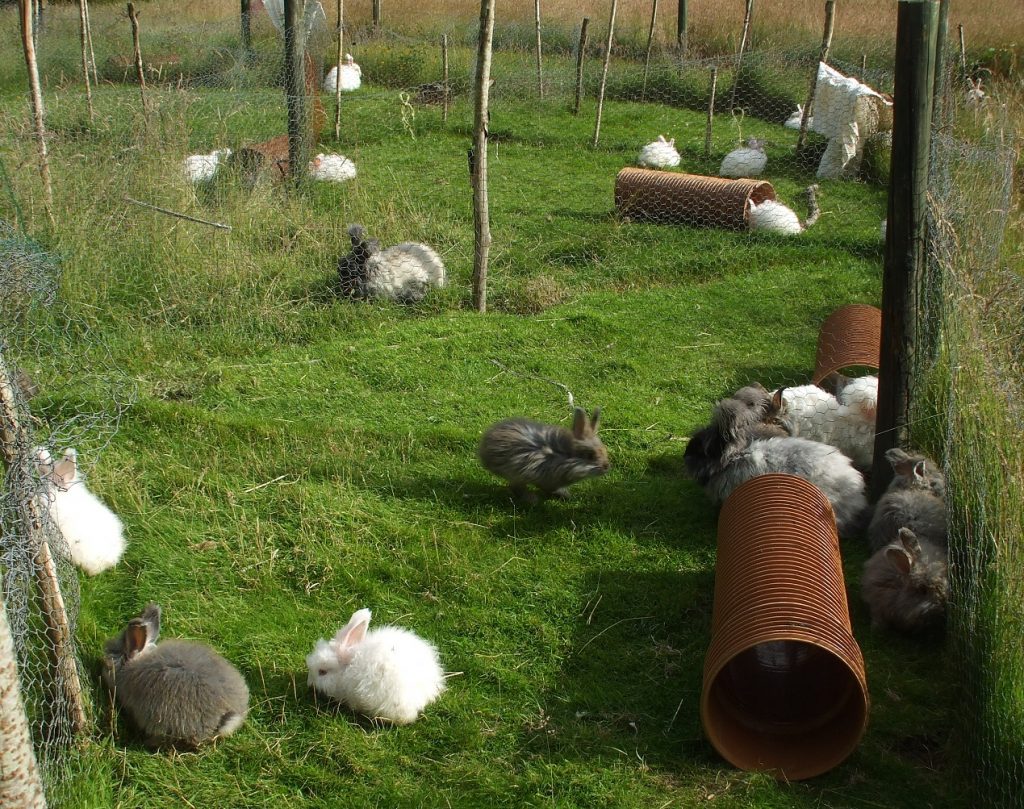
The British Rabbit Council was formed to protect, further and co-ordinate the interests of all British Rabbit Breeders; to assist and extend the exhibition of rabbits; to influence, advice, co-operate with Central and Local Authorities, Departments, Education and other Committees and Schools in promoting the extension of the breeding of rabbits, and to promote and encourage education and research of a scientific and/or practical nature for the welfare and benefit of the rabbit.
If you want to show your rabbit in British Rabbit Council Shows, you must join the BRC. The ring on your show rabbit’s leg needs to be registered in your name with the BRC, and the breeder you bought the rabbit from can help you with this. Rabbits can only be ringed between 6-10 weeks of age, and ringing is performed by the breeder. If you have bought a rabbit without a BRC ring on its leg you will not be able to show it in the main classes at a BRC show. However many BRC shows run pet classes in which your rabbit could be shown.
The British Rabbit Council, Purefoy House, 7 Kirkgate, Newark , Notts NG24 1AD
Tel: 01636 676042
Email: info@thebrc.org
Membership for Adults, £25 pa
For a full list of fees , show support, ring sizes see The British Rabbit Council Website www.thebrc.org or the advert in Fur and Feather.
There are also some useful articles on rabbits on the website including:
- Getting started with rabbits
- Guide to keeping rabbits
- Rabbit housing
- Importance of diet
- 5 Freedoms
- Guide to showing rabbits
- Combined Rabbit leaflet
